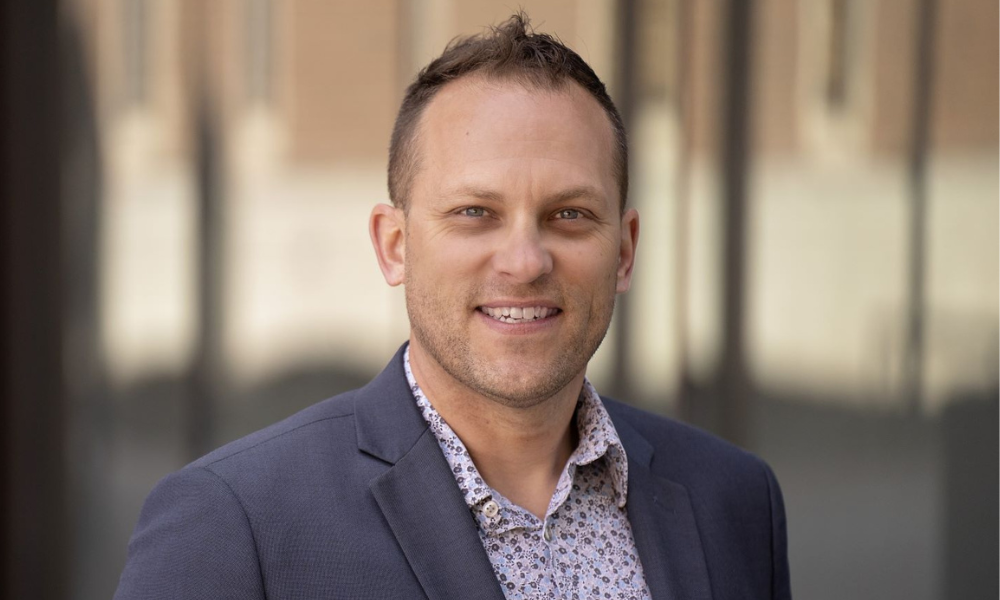How to tell investors that following online advice 'can be dangerous'

As concern rises about finfluencers’ influence on investors, advisors can take steps to reduce the impact on their clients and steer them around the potential danger, according to one financial planner.
“It’s a lot like going on the internet to find out if you have something wrong with your health. Following advice there can be dangerous,” Scott Sather, a financial planner with Awaken Wealth Management Ltd. In Regina, told Wealth Professional.
“The folks on social media don’t know a client’s individual situation and aren’t able to necessarily recommend what fits for them. So, that can be one of the big dangers. Another is just not knowing what credentials, if any, or knowledge that person on the other side has.”
Even certified financial planners who are on social media will be giving general advice not tailored to the individuals or their specific circumstances. So, he said, “there’s always a danger that taking advice that doesn’t fit your specific situation can end up blowing up on you.”
Sather was reacting to the recent news that the North American Securities Administrators’ Association (NASAA) has issued an Informed Investor Advisory. It includes information to help people understand how finfluencers work and what to do when encountering financial advice on social media because there’s been an exponential rise of people making financial recommendations online.
Finfluencers – or financial influencers – are typically those with a popular or cultural status, so their followers are more likely to act on their advice. They may use entertaining marketing videos or posts to encourage followers to share them, widening their potential influence.
NASAA is concerned that finfluencers are not subject to the same regulations as licensed financial professionals, so may have undisclosed conflicts of interest. It wants investors to understand all the potential risks before taking any finfluencer’s advice.
NASAA said finfluencers should disclose any compensation they receive for making recommendations and investors should check any credentials they claim to have.
Sather said clients should ensure they’re working with someone, such as a certified financial planner, who is accredited. They can see if a finfluencer is accredited by checking the Financial Planners Standards Council (FP Canada) and Investment Industry Regulatory Organization of Canada (IIROC)’s websites.
“The value of having an advisor is being able to send a quick text message or email, saying, ‘hey, what do you think about this? Does it fit for me?’ And advisors should be willing to give their input.”
But, Sather recognized that some younger people may not have an advisor or distrust them because of some reported issues. He’s even had some millennial clients heed online information, particularly about GameStop and Reddit. He recalled giving one third-party resources, such as online financial magazines and academic papers, to challenge some of the ideas that he was gleaning online.
“We were able to talk, and I could say, ‘even if you do invest, make sure it’s not a lot of money and it’s money that you would be comfortable never having again,’” recalled Sather.
Like NASAA, Sather also encourages his clients and the younger people he knows to check whether the finfluencers’ are paid by a company who might be influencing their recommendations.
“You always have to think ‘what’s in it for that other person when they’re sharing this stuff,’” he said. “What I always tell clients is ‘be cautious and on the conservative side. It’s very easy to lose money, but it’s hard to gain it. So, be careful. Do your research, and get some sound advice.’
“Thankfully, I think the Canadian landscape is changing and there are going to be more options for folks, so they don’t need to have a million dollars or go to the banks to actually get good advice. Some of those options are starting to up, just like they are south of the border.”
For younger people who may not yet have advisors but whose parents have an advisor, the advisor can encourage the younger generation to find someone they click with.
“One person’s advisor isn’t necessarily the advisor for everyone,” said Sather. “There are lots of advisors out there and there’s a different one for every person. And then they should understand the value of the advice. It isn’t necessarily about a product or investment. It’s thinking about the planning and behavioural sides, and ensuring that their advisor can help with those, which is where we can provide the most value.”



